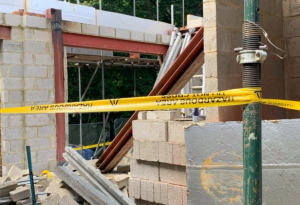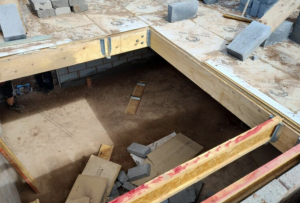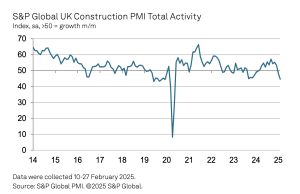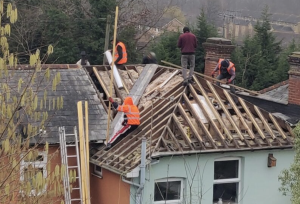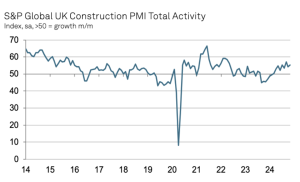Working in extreme heat what are my rights?
This post has already been read 734 times!
Working in construction can often mean that workers are exposed to weather more than other industries what are your rights working in this heat.
With the Met Office warning of extreme temperatures in the UK Monday and Tuesday what is the guidance involving working in these high temperatures we will look at the main issues and how to minimise risk to workers.
Many in the construction workforce are at extra risk because of the nature of working outside, this presents a serious problems to the health and safety of workers with more than half tradespeople are worried about getting burnt while working outdoors, according to a recent Toolstation poll, with many not using sunscreen all.
Is there a maximum temperature for the work place?
Although there is no maximum legal temperature for the work place employers must make sure workplaces remain at a reasonable temperature and manage the risk of working outdoors in hot environments, according to the Health and Safety Executive (HSE).
The workplace regulator is sharing guidance ahead of the extreme warm weather predicted for Great Britain at the start of next week.
A heatwave warning is in place until Tuesday (19 July) so HSE is reminding employers of their legal duty to ensure employees can work in reasonable temperatures in indoor workplaces. What is reasonable varies, and will depend upon the nature of the individual workplace.
Thermal comfort how is it measured and what is it?
Workers can use the thermal comfort to gauge what is a sensible temperature to work in with the workers themselves regulating when it is to hot to work an there state of mind
The HSE website states “Thermal comfort is not measured by room temperature, but by the number of employees complaining of thermal discomfort,”.
Workers should also take care of their own health and safety and that of others who may be affected by their actions at
The regulator adds that morale and productivity can be affected by thermal discomfort, while health and safety can also be at risk.
For example, people working in uncomfortable heat are more likely to behave unsafely because it affects their ability to make decisions. A person’s ability to carry out manual tasks can also deteriorate.
How can employers help workers who have to be outside?
- Encouraging the removal of personal protective equipment (PPE) when resting to help encourage heat loss
- Working in shade or moving work to cooler times of the day
- Providing more frequent rest breaks and introducing shade to rest areas
- Providing access to cool drinking water
- Inform workers about recognising the early symptoms of heat stress.
Workers should also take care of their own health and safety and that of others who may be affected by their actions at work.
Do I have to wear PPE in extreme heat?
The HSE states that employees may not wear PPE properly in extreme heat because of discomfort if removing PPE on a building site makes working on site unsafe employers are encouraged to consider this risk.
A high factor sunscreen of at least SPF15 is recommended on exposed skin by the HSE although many construction workers choose not to wear it because of the dust.
Alternative designs for PPE and uniforms using lighter materials can also be considered.Construction firms can make sure workers are not wearing any more PPE than is needed for their work to make them more comfortable.
Workwear comprised of multiple layers can be helpful for workers to be able to make adjustments, based on their personal comfort.
What should I do if I am concerned about working in the heat?
Firstly you should raise the issue with your superior of manager or union representative and if a significant number of employees are complaining about thermal comfort employers should carry out a risk assessment.
HSE’s Acting Head of Operational Strategy, John Rowe, commented saying that: “With a heatwave warning in place, its vital employers are aware of their responsibility to ensure their indoor workplaces are at a reasonable temperature.
“All workers have a right to a safe working environment and their employers should discuss working arrangements with them.
“If workers have specific queries or concerns relating to health and safety in their workplace, they should talk to their employer.”
There’s no maximum temperature because workplaces with hot processes such as bakeries or foundries would not be able to comply with such a regulation. They use other measures to control the effects of temperature. These other measures should also be used to manage the risk of working outdoors in a hot environment.

